The Entirely Hand-Engraved Kees Engelbarts Organic Skeleton Ref. 1867 (Hands-On)
The Dutch Alchemist fuses his gifts for engraving and skeletonisation in this latest opus celebrating fantasy and a uniquely creative approach to watchmaking.
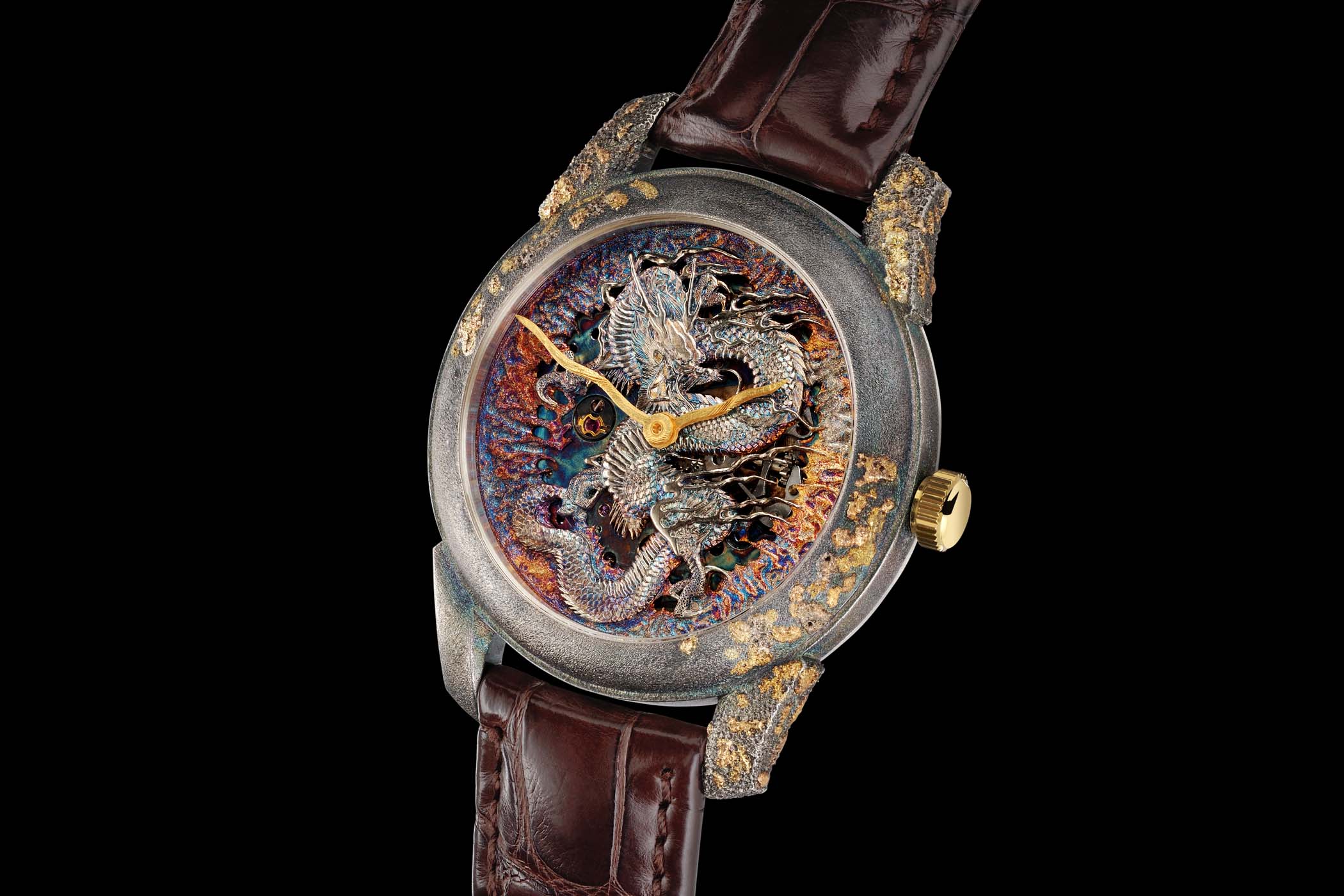
Kees Engelbarts’ latest creation is a compendium of his skills fusing his love affair with a millenary Japanese metalworking technique, his mastery of engraving, and his radically artistic approach to skeletonisation. Engelbarts’ Organic Skeleton Ref. 1867 is a unique handmade work of art enlivened with textures, engraved surfaces, partial views of the movement and psychedelic colours. A fundamental concept behind Engelbarts’ vision is the word ‘organic’. Designed to evoke a natural, animated and free-flowing creation, this organic approach is a radical contrast to more conventional watchmaking where symmetry and refined polished surfaces are paramount. Closer in spirit to a miniature sculpture, the Organic Skeleton watch is pure emotion and will, consequently, evoke very different reactions from people.
Performance Artist
Kees Engelbarts is one of those secrets that once you discover you almost want to keep to yourself! A master engraver who turned his hand to watchmaking in the late 1990s, Engelbarts could best be described as a performance artist in the watch cosmos. Capable of creating miniature scenes of breathtaking beauty and engaging in daring feats of skeletonisation, Engelbarts is an artist through and through. His latest creation – Organic Skeleton Ref. 1867 – recuperates his fascination with the mythical figure of the dragon and his mastery of the ancient Japanese Mokume Gane engraving technique. According to Engelbarts, his 11-year-old son Pierrot asked him: “Dad, you don’t make dragon watches anymore. Why?” Not being able to come up with any convincing reason, Engelbarts retreated into this studio and spent four months creating the Organic Skeleton watch.
Trained as an engraver in Schoonhoven (known as the ‘Silver Town’) in Holland, Kees settled in Geneva in the 1990s. Turning his hand to the Lilliputian dimensions of watch dials, Engelbarts attracted plenty of commissions from high-end Swiss brands. In 1997 he decided to make his own watches and, like any self-respecting painter or sculptor, his pieces are signed. With a hyper-limited production of only six to eight watches a year, Engelbarts’ handmade works of art are as a unique as they are fascinating.
To date, his watches are characterised by two broad themes: decorated with mythical creatures like unicorns and dragons or skeletonised to the extreme. One of our favourite independent watchmakers at MONOCHROME – and not just because Frank is Dutch! – we have covered Engelbarts extensively over the years. To get a feel for his exuberant approach to skeletonisation, take a look at his Skeletonised Tourbillon complete with gnarled, twisted bridges (like something out of a Dali painting) and the trippy psychedelic colour scheme, or this radically skeletonised watch with its accompanying video. The psychedelic colours of the Skeletonised Tourbillon appear again on the dial and caseback of his latest watch emblazoned with a writhing dragon on the dial created with the technique of Mokume Gane.
The Japanese Connection
Fascinated by Japanese art and millenary decorative techniques, Engelbarts has cultivated a special relationship with the refined art of Mokume Gane and has the distinction of being the first to apply this artistic technique to the diminutive canvas of a watch dial (31mm in the case of this model).
A Japanese mixed metal laminated procedure developed in the 1600s in Japan, Mokume Gane is attributed to Denbai Shoami (1651-1728) a master craftsman who specialised in sword fittings in the prefecture of Akita. Loosely translated as ‘wood grain metal’ the distinctive layered patterns of Mokume Gane transforms the appearance of cold metal into warm natural wood grain and was used to decorate tsuba, the handguard of a Japanese sword. Tsuba handguards not only balanced the sword and protected the hand of the swordsman from the ferocious blade, but the exquisite artistry would become a status symbol of the owner. Popular motifs during the Edo Period, which have inspired Engelbarts, include dragons and this delightful representation of a bird poised on a branch.
The art of Mokume Gane consists in layering different non-ferrous metals (often up to 25 layers, a bit like millefeuille pasty), which are then heated in an oven to the fusion temperature of the metal that melts first. As Engelbarts explained to me, “once you get your solid homogenous block with all the layers, the fun begins and you can do all sorts of things to it – bend it, twist it, engrave it and, like wood, expose the grain of the metal.” Using a tiny U-shaped scalpel, Engelbarts breathes life into the stacked layers of silver and white gold engraving the sinuous shape of the dragon and the rocky cave entrance he is emerging from. The level of engraving is unparalleled and every last detail of the dragon, from his overlapping scales to sharp-clawed foot. Even the gold-plated hands, that look like twisted golden branches are the result of Mokume Gane.
The Alchemist of Psychedelic Colours and Textures
Colour plays a vital role in this creation and for this stage in the creative process, Engelbarts dons his alchemist’s hat. Liver of sulfur, a potassium-based compound that smells like rotten eggs, is renowned for its ability to create patinas on metals and is what Engelbarts uses to create his groovy psychedelic colour palette. Liver of sulfur comes in a solid state composed of small yellow rocks that are diluted in water and then applied to the different metals. Timing is of the essence to obtain the desired colour in the application of liver of sulfur, as is the concentration or dilution of the liquid.
Making of
Here are some photos taken by Kees during the manufacturing process, just to give you an idea of how this watch came to life, step by step.
–
To get a better idea of how it works, Engelbarts came up with a good analogy. “Have you ever seen the colours on the stainless steel exhaust pipe of an old BMW motorbike? The colours closer to the engine (source of heat) are blue and purple and fade to brown and yellow towards the end (cooler part) of the exhaust.” This does not mean that the colours are coaxed out with heat on the dial, the intensity of colour depends on the concentration of the solution, starting with light yellow all the way up the spectrum to brown, blue, violet and eventually black. Once Engelbarts has the colours he’s after, the oxidation process is neutralised with soap and water. The dial is also partially skeletonised revealing fleeting glimpses of the movement around the coils of the dragon’s body.
As an engraver, Engelbarts doesn’t “do things the watchmaker’s way” and wanted the case of his watch to echo the dial. The 39mm case is made from solid silver and was oxidized until it turned a dark grey. The ‘barnacles’ you can see on some parts of the bezel and lugs are made with a laser welding machine and gold wire. In Engelbarts’ own words: “With your laser welder you heat a small surface area to temperatures of 1000 degrees or more and then put a thin gold wire on the spot. The heat melts the gold on top of the silver,” creating the wonderful organic texture that makes it look as though the watch has spent some of its life at the bottom of the ocean.
New old stock movements
Like all his other watches, the movement Engelbarts has chosen for this model is a NOS (new old stock) calibre, in this case, a vintage Peseux 330, the ancestor of the Peseux/ETA 7001. A simple but noble manual-winding movement with a frequency of 18,000vph and a 43-hour power reserve, the calibre has succumbed to Engelbarts’ artistry and is lavishly decorated.
The brass bridges and mainplate are given the same attention as the dial and are engraved, silver-plated and then oxidized with liver of sulfur to create the groovy scenery, complete with billowing Japanese-inspired clouds. Even the screws are oxidized in different colours ranging from yellow to purple. The contrast of the creative licence on the bridges and the mechanical order of the parts he has chosen to reveal is very effective. And, like any self-respecting artist, Kees Engelbarts’ has signed his work on the silver caseback.
Price
A unique piece, the Organic Skeleton Ref. 1867 comes on an ‘organic’ alligator leather strap with a sharkskin lining, which Engelbarts assures me is “very resistant to sweaty wrists”. Instead of a folding clasp, which makes it harder to admire the movement, the strap comes with a silver pin buckle. Four months in the making, the watch retails for around CHF 67,000. To get in touch with Kees Engelbarts, you can find his contact details and phone number on his webpage www.kees.ch.
Photographs courtesy of the talented Guy Lucas de Peslouan.

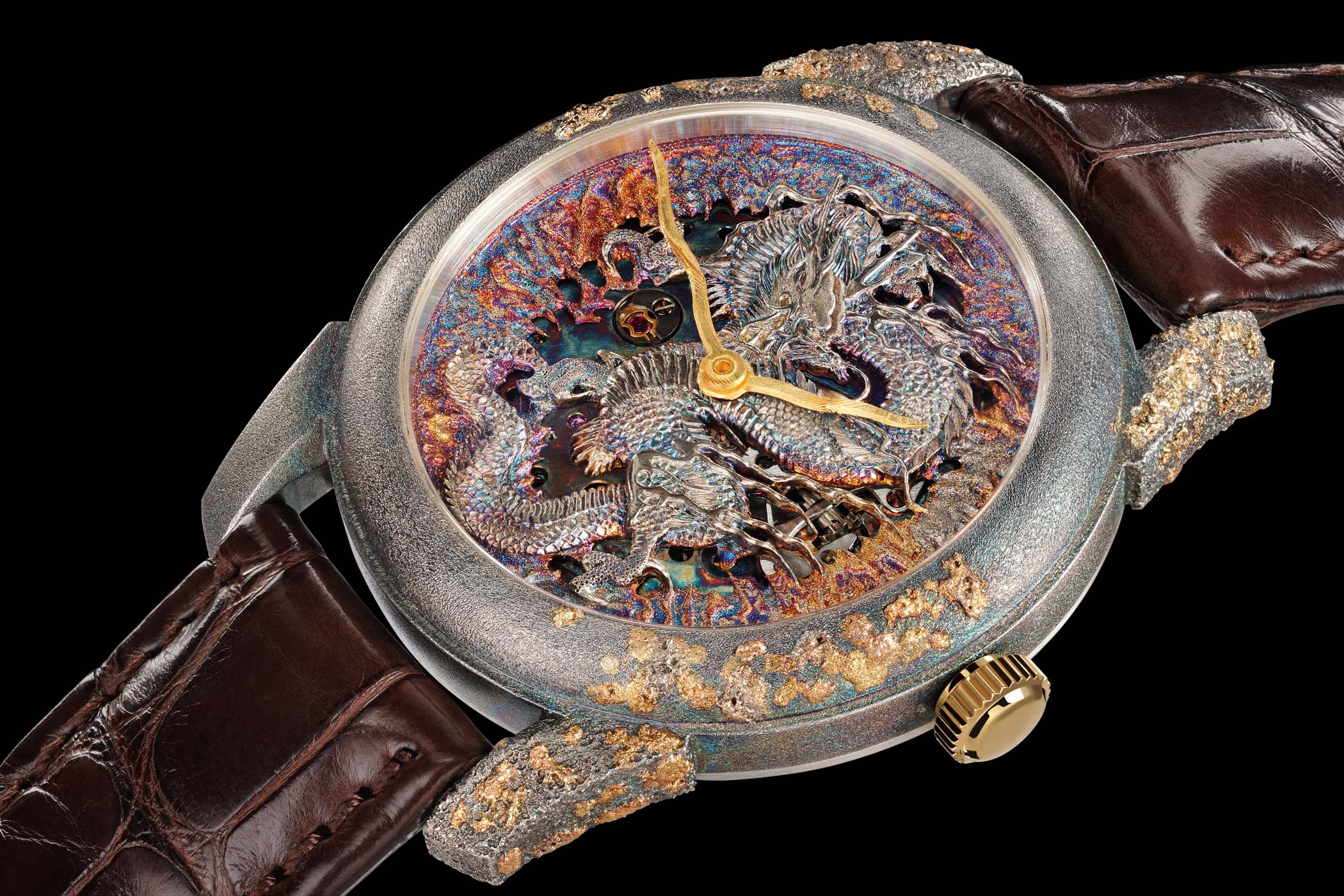
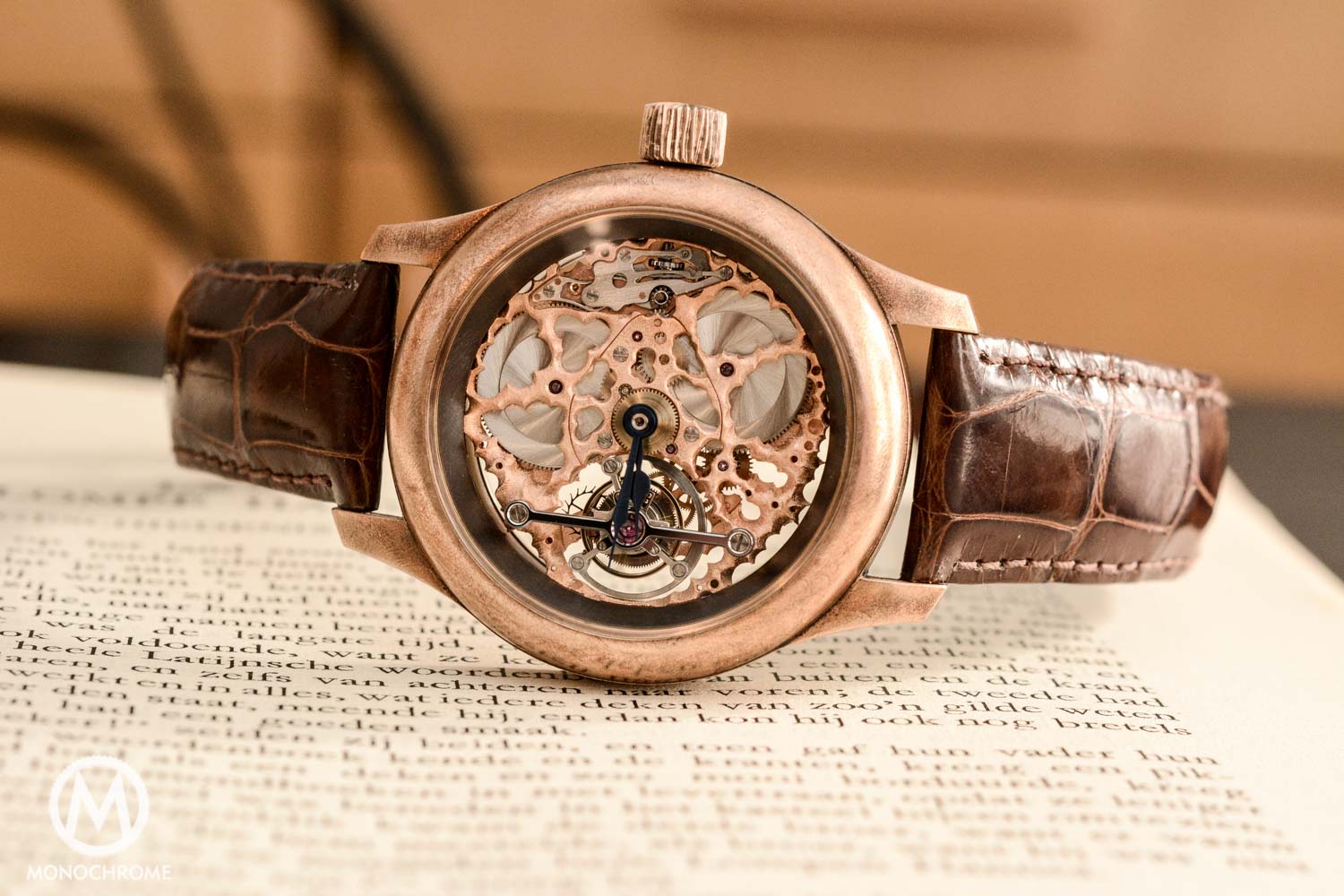
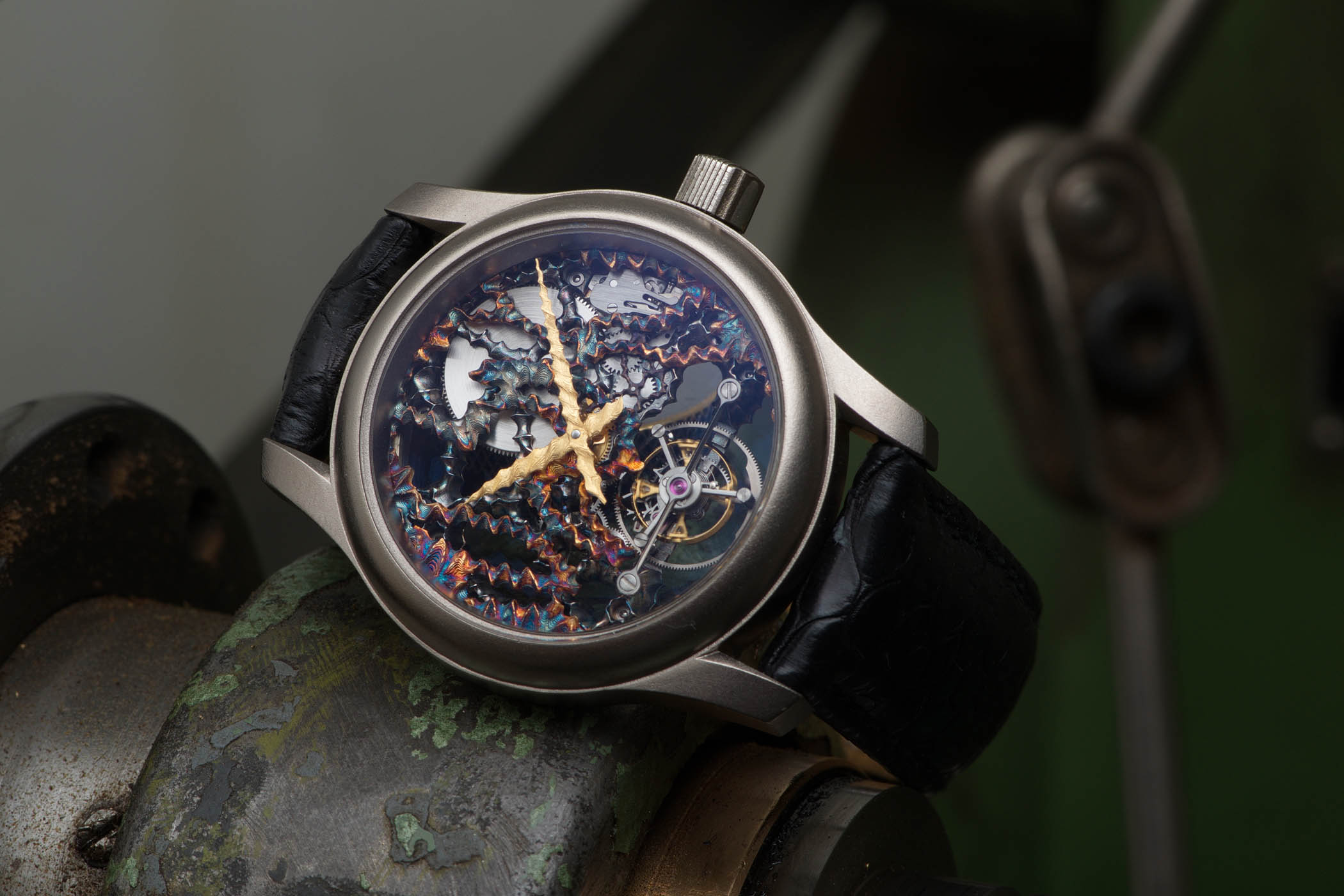
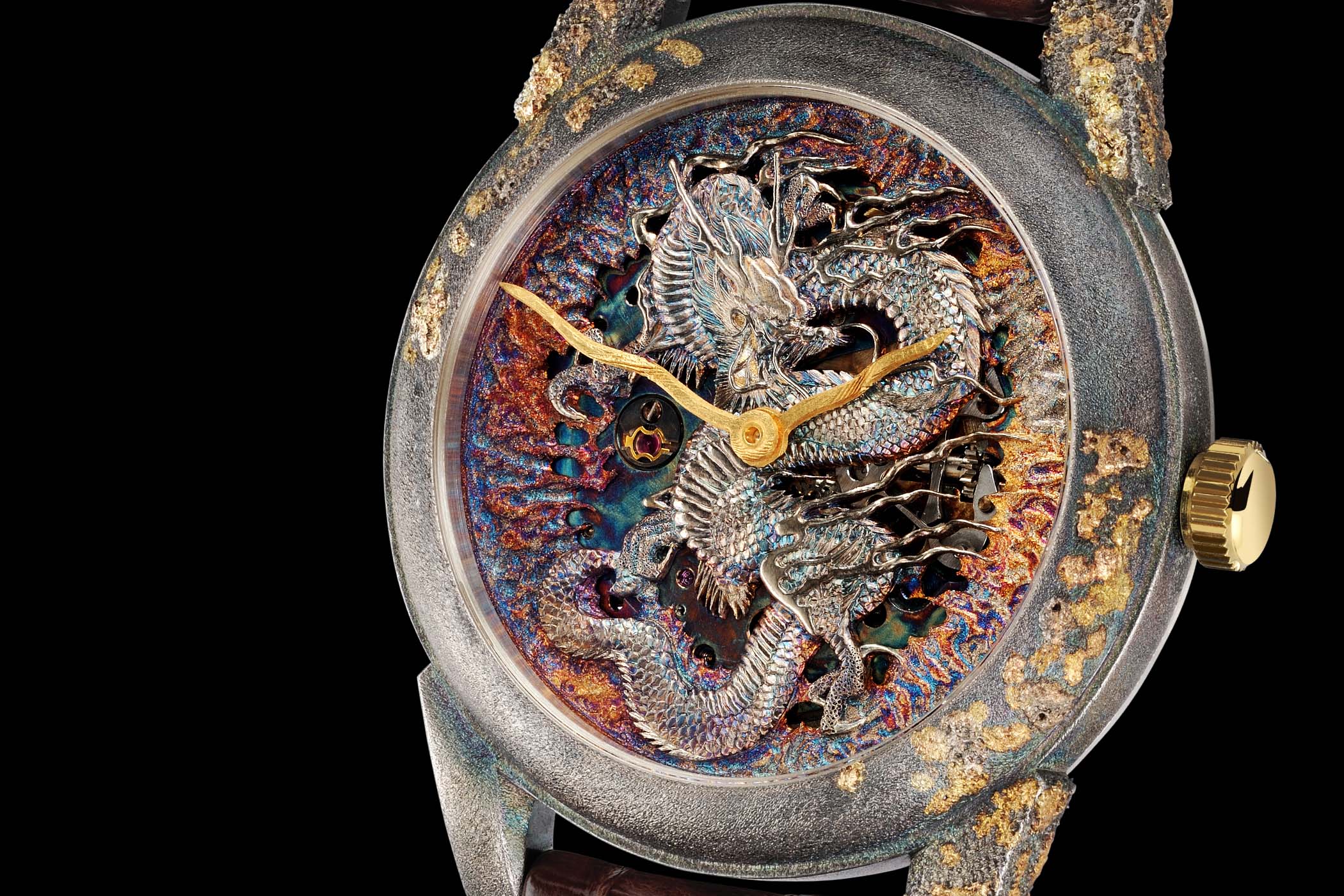
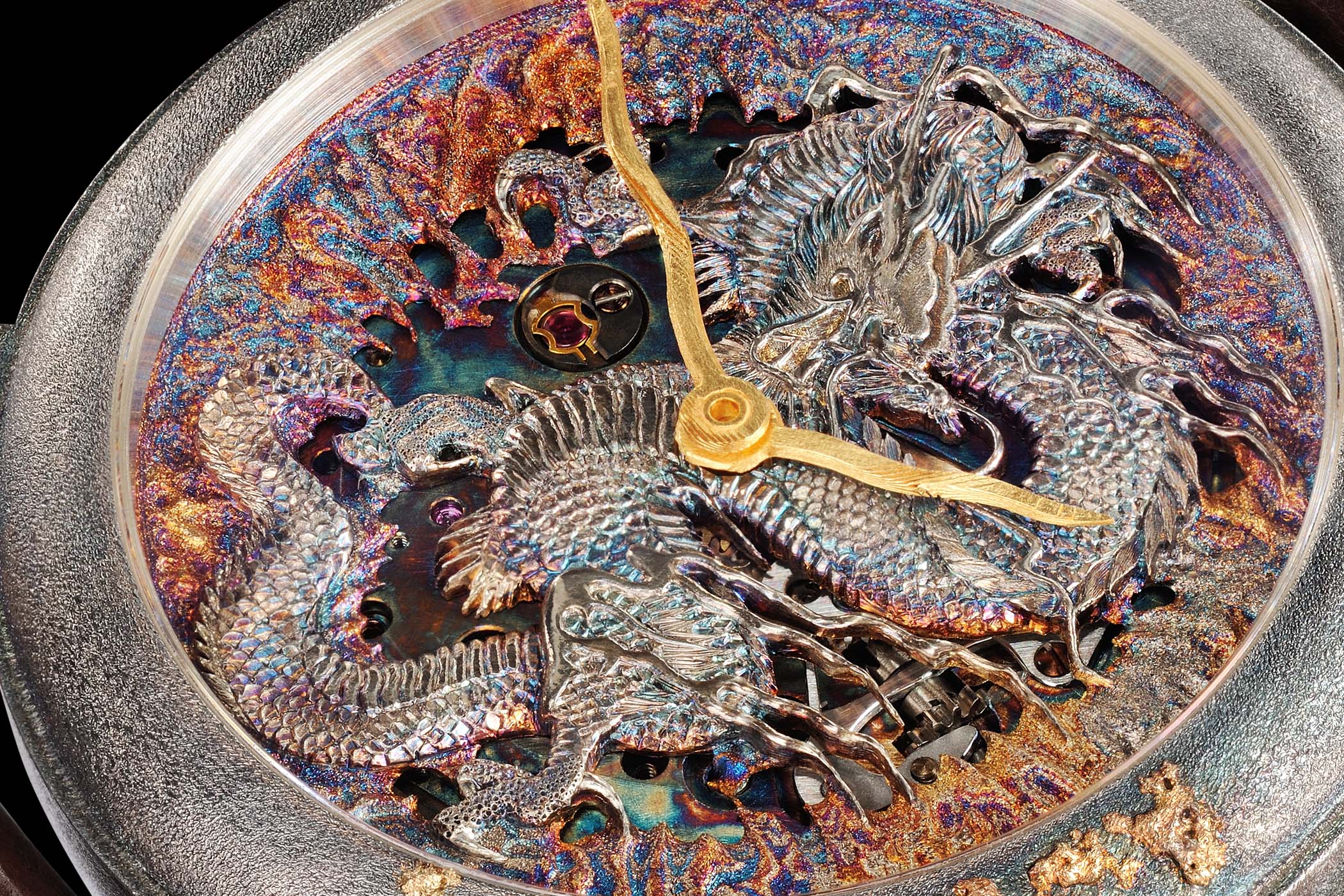
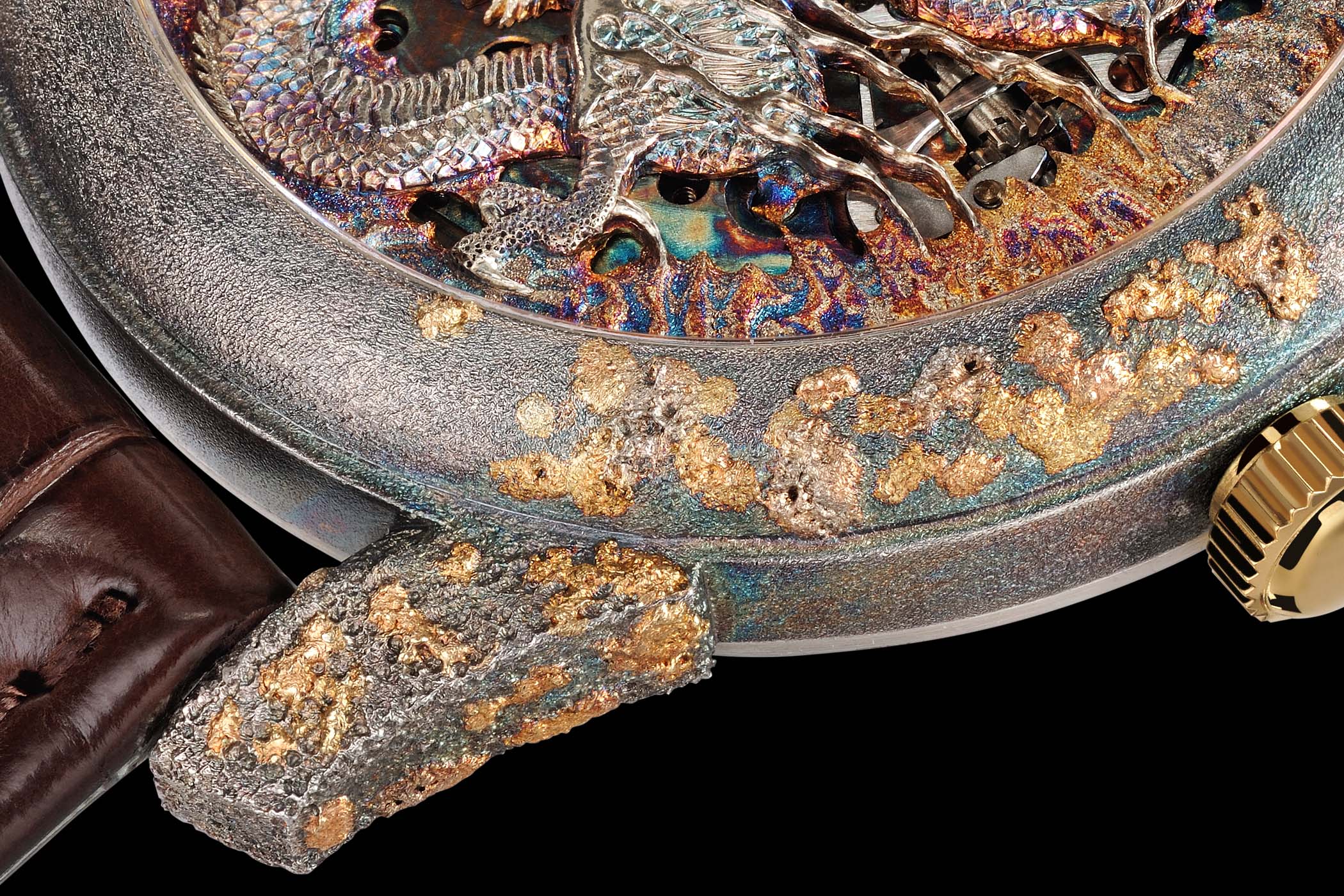
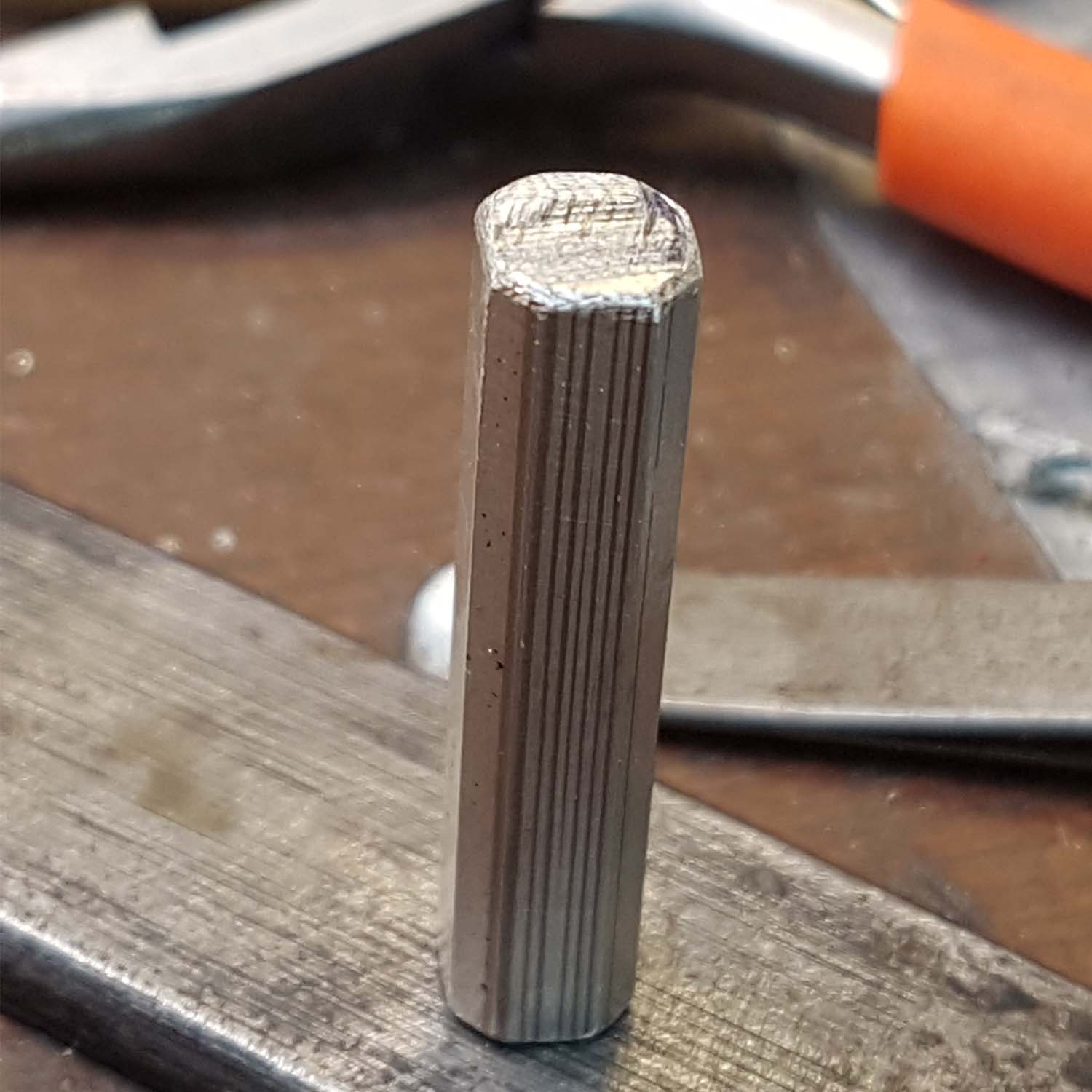
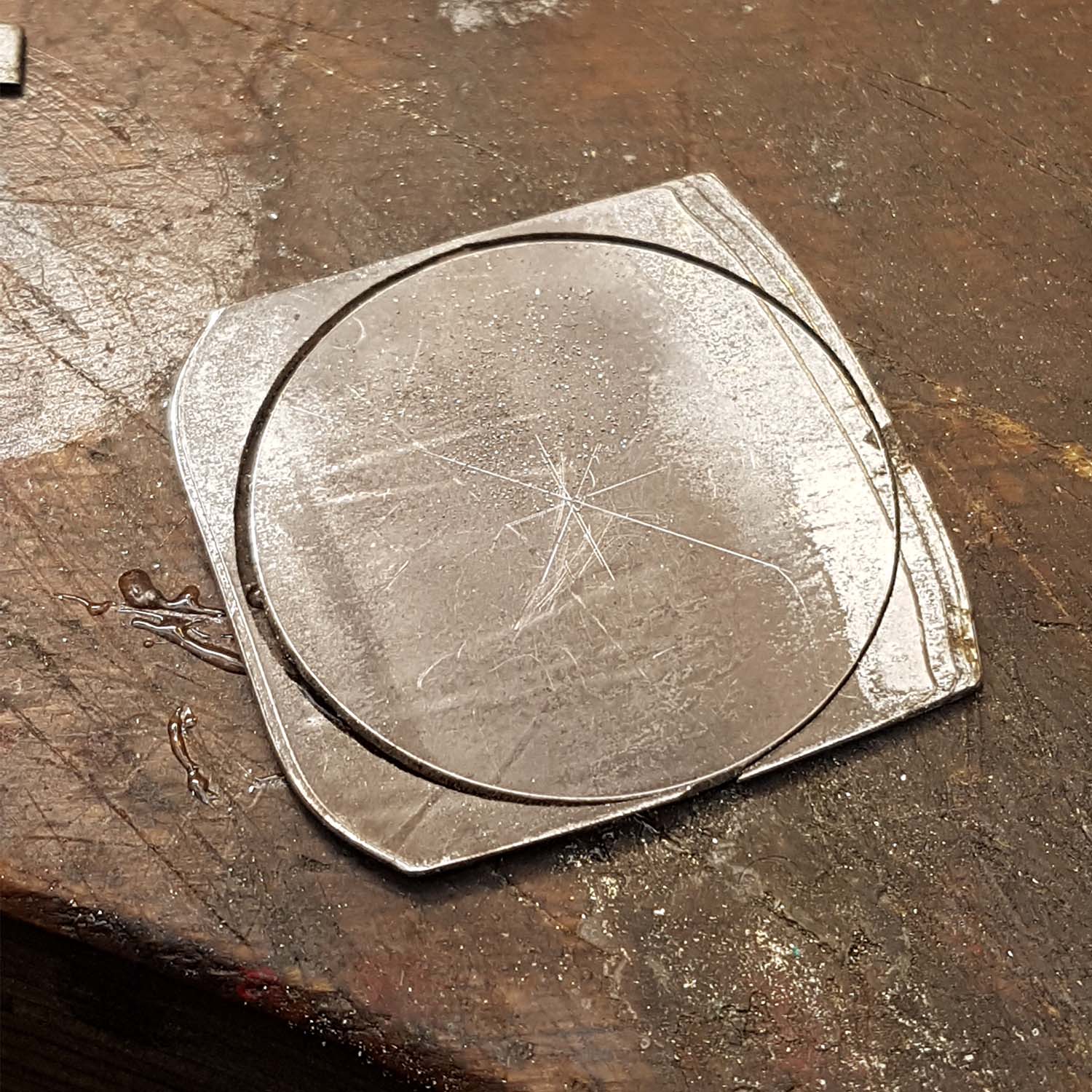
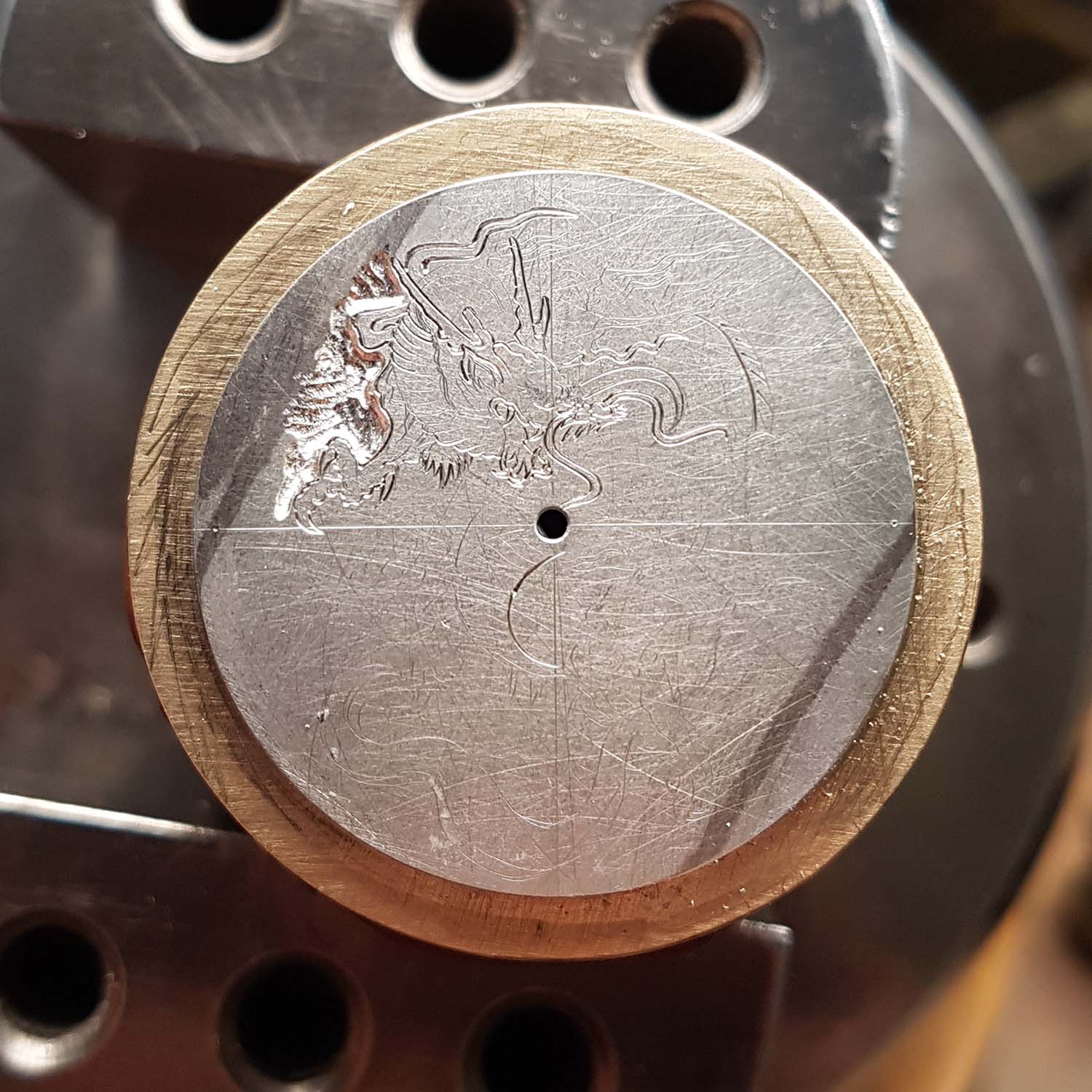
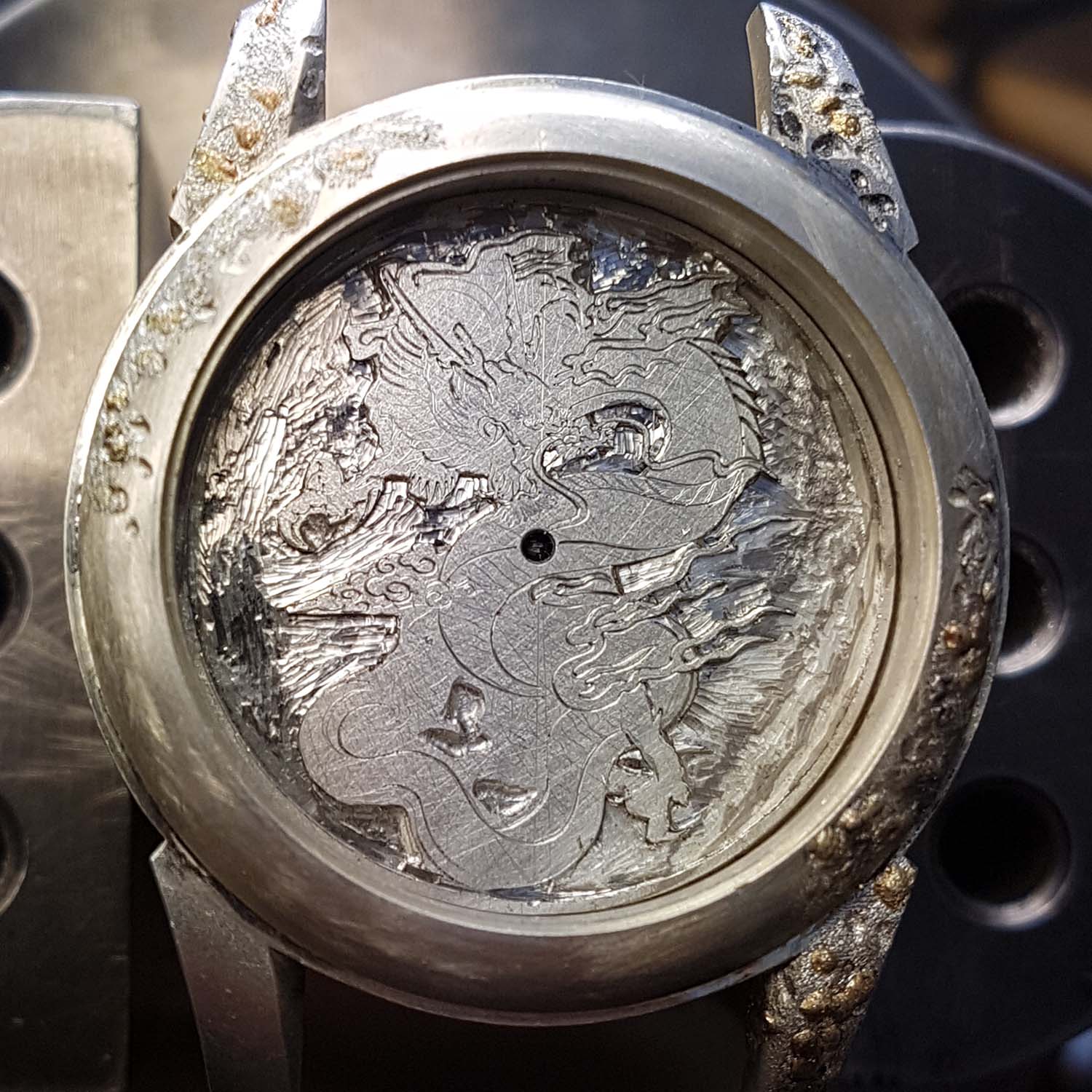
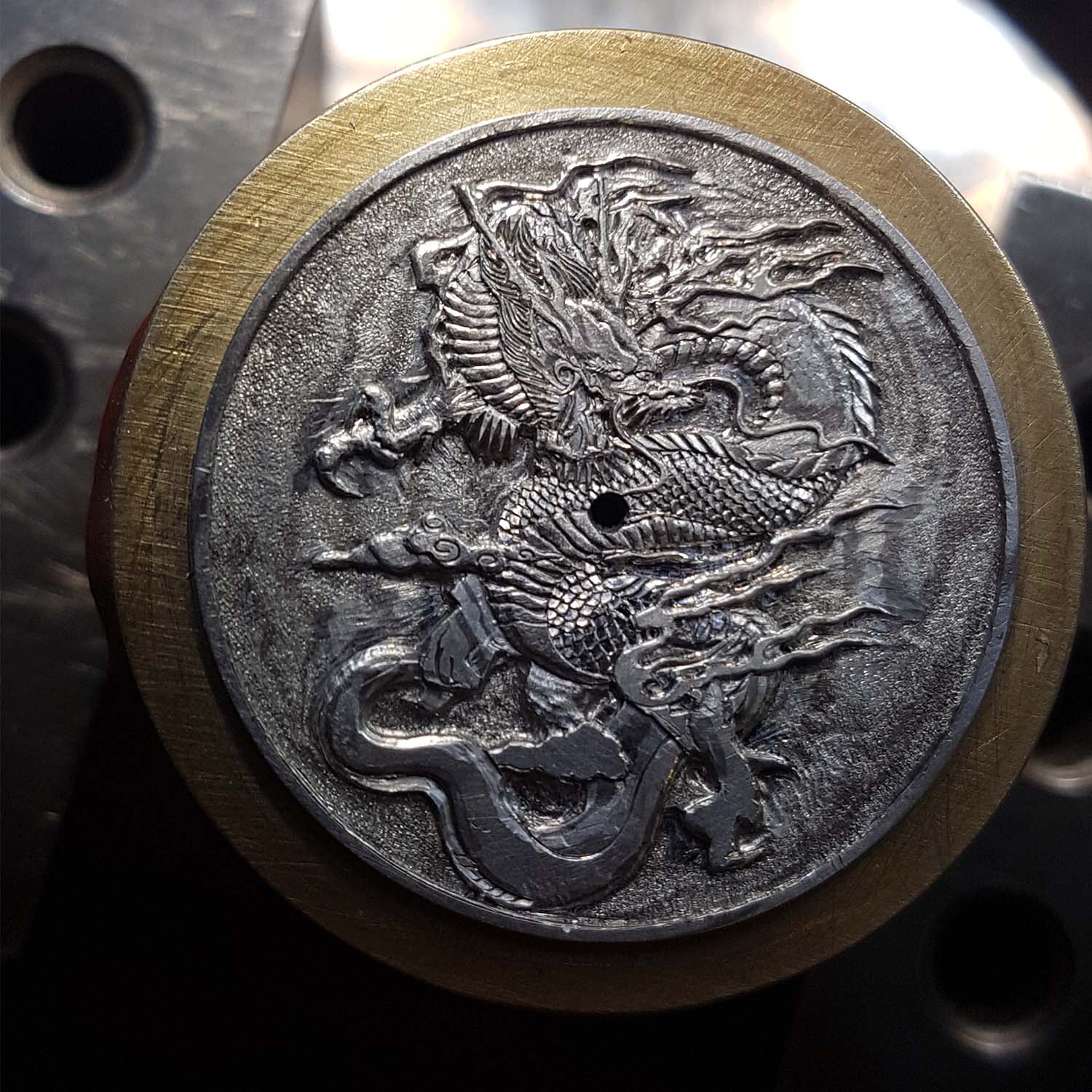
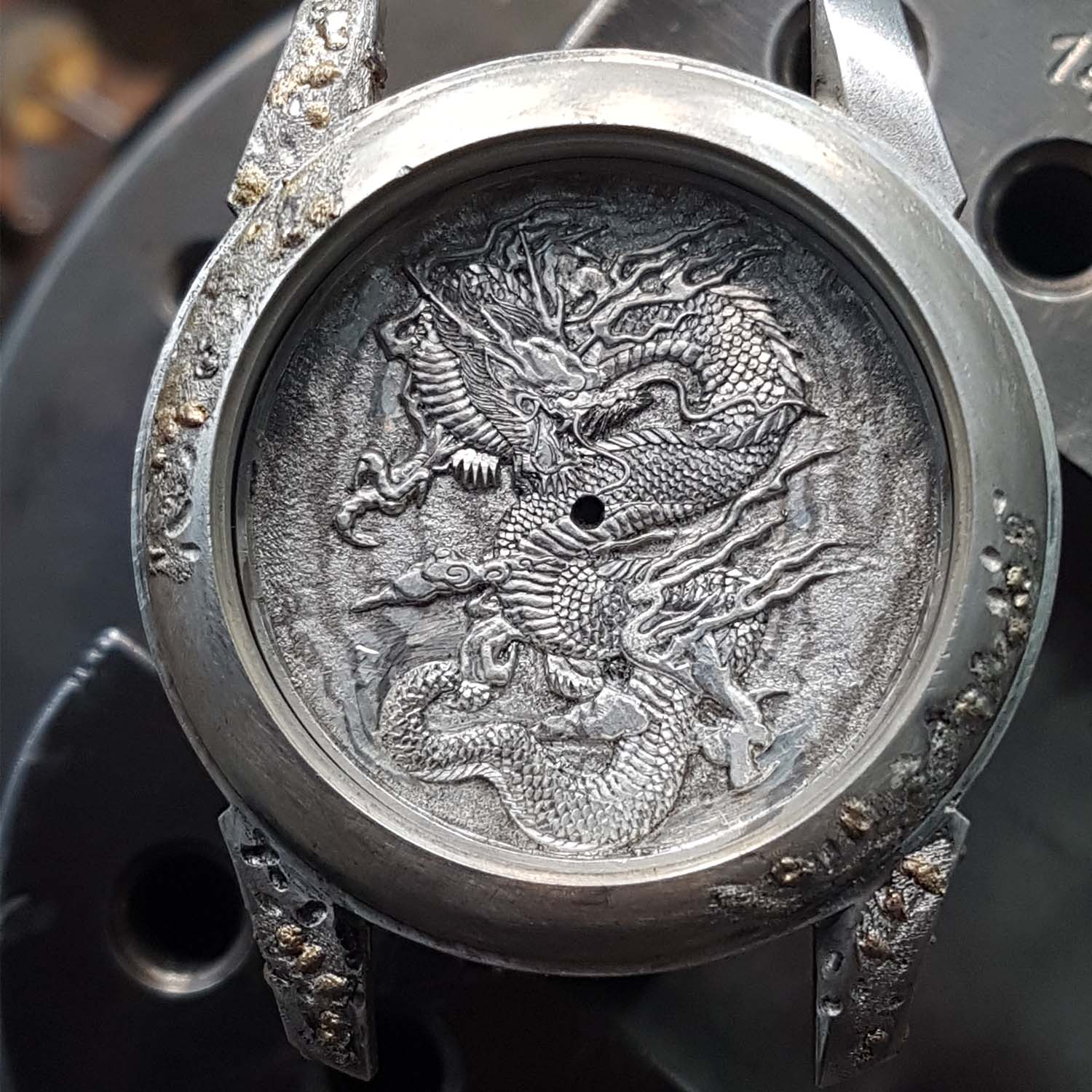
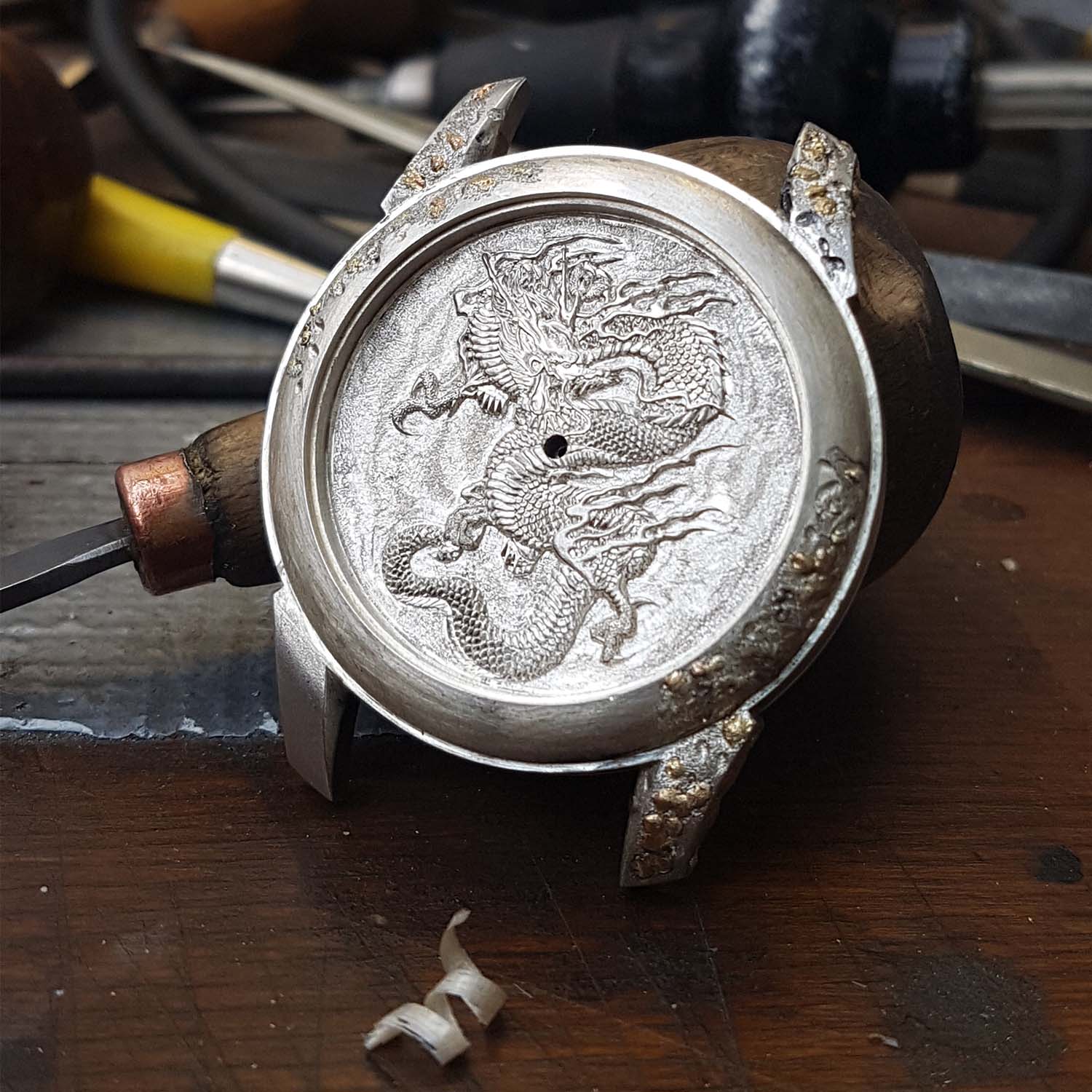
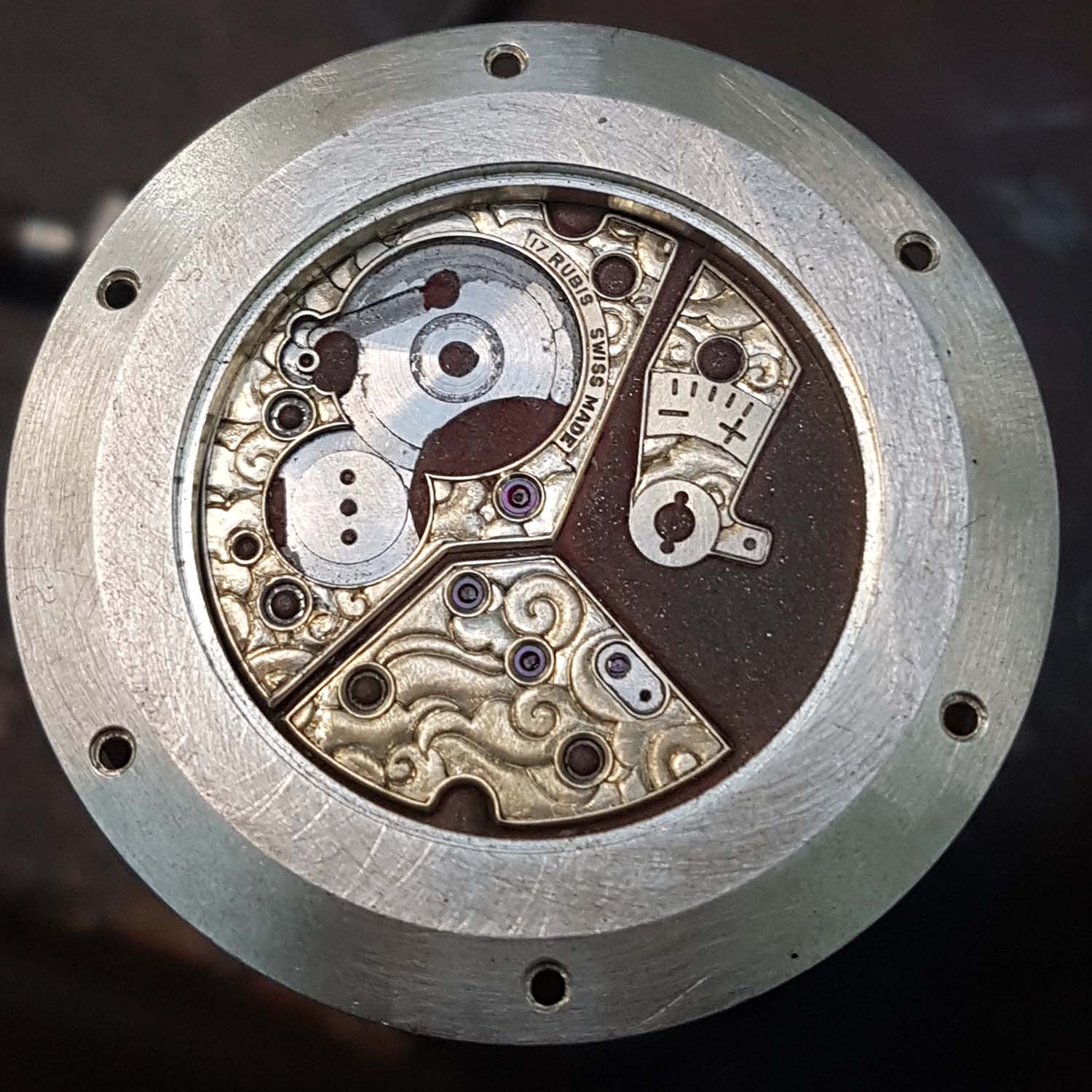
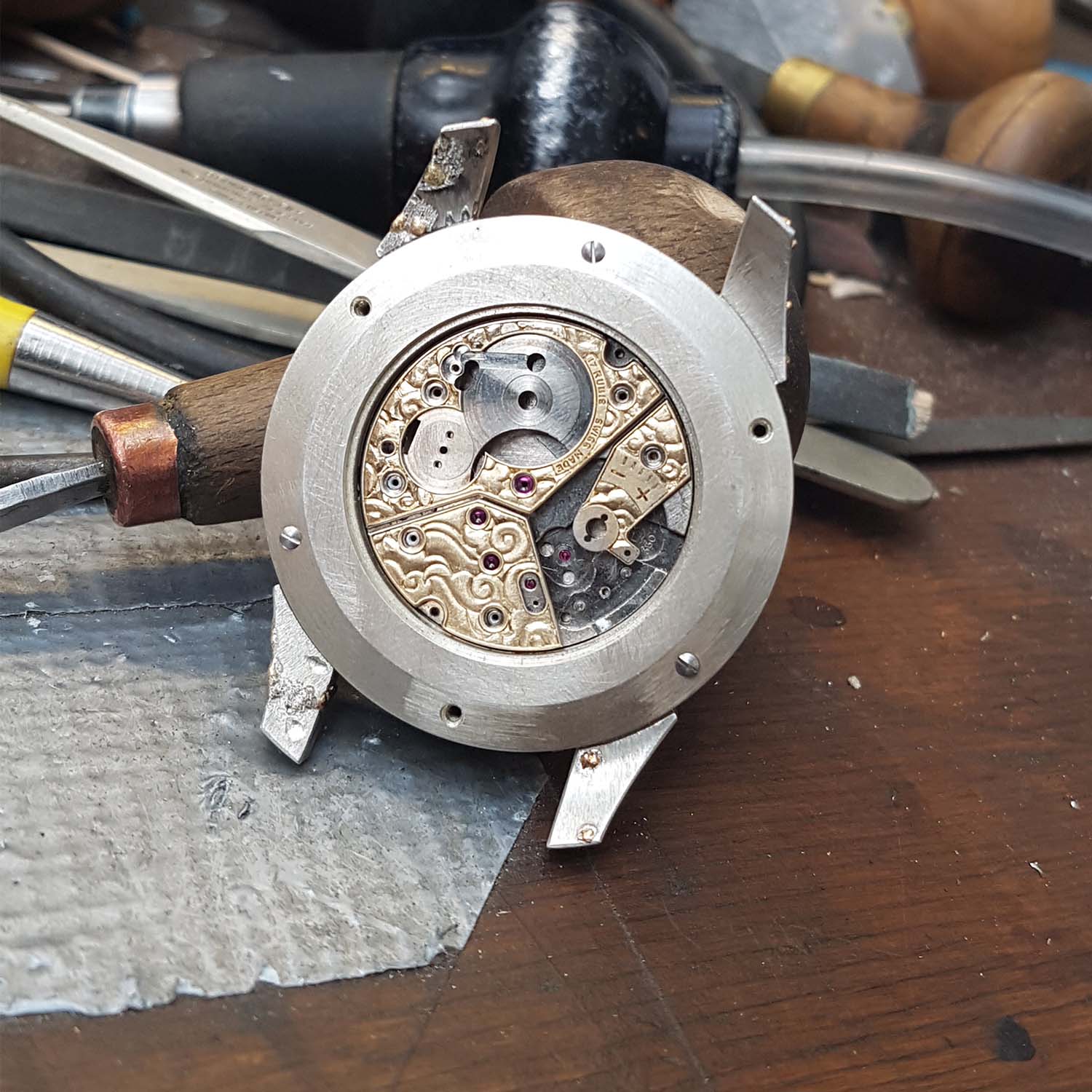
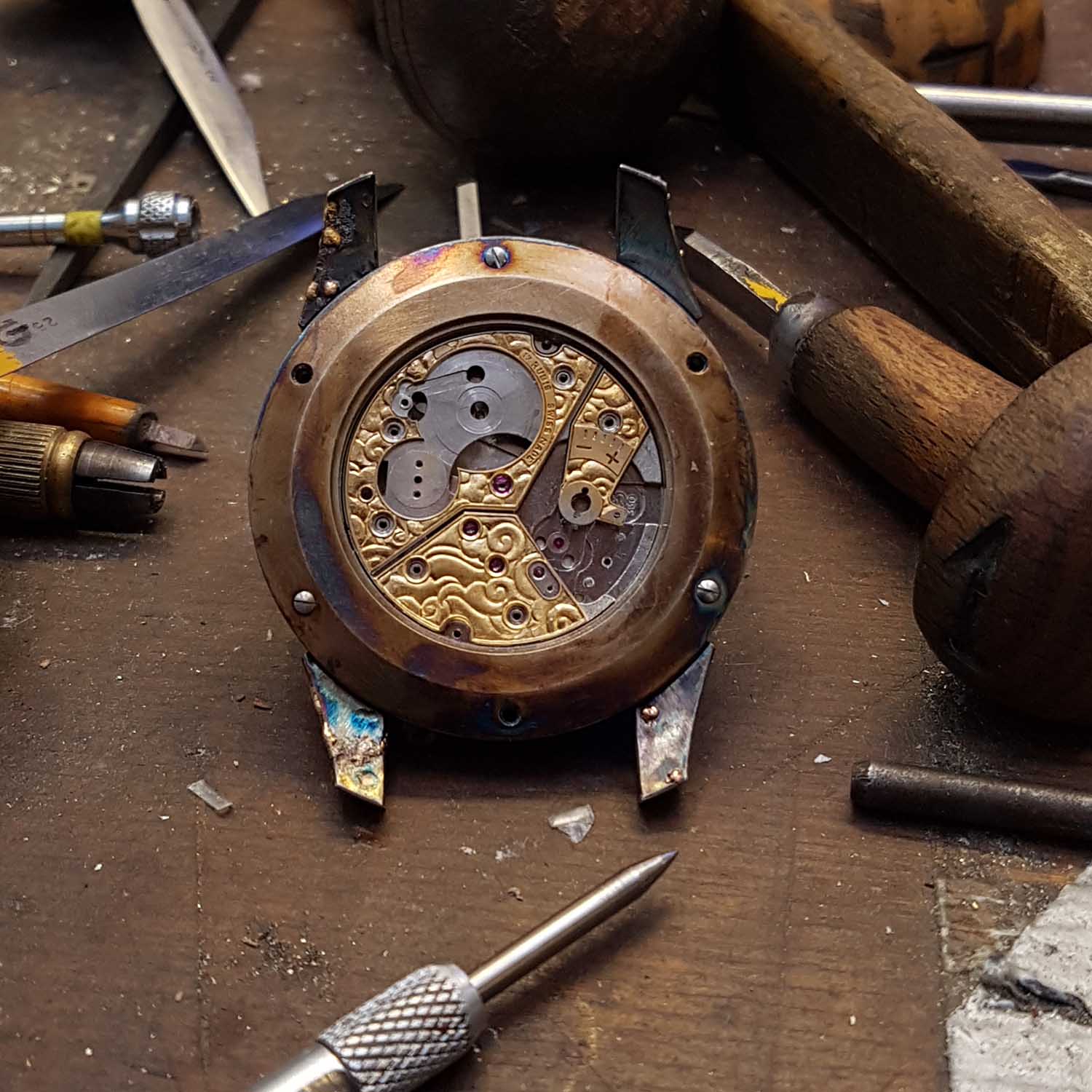
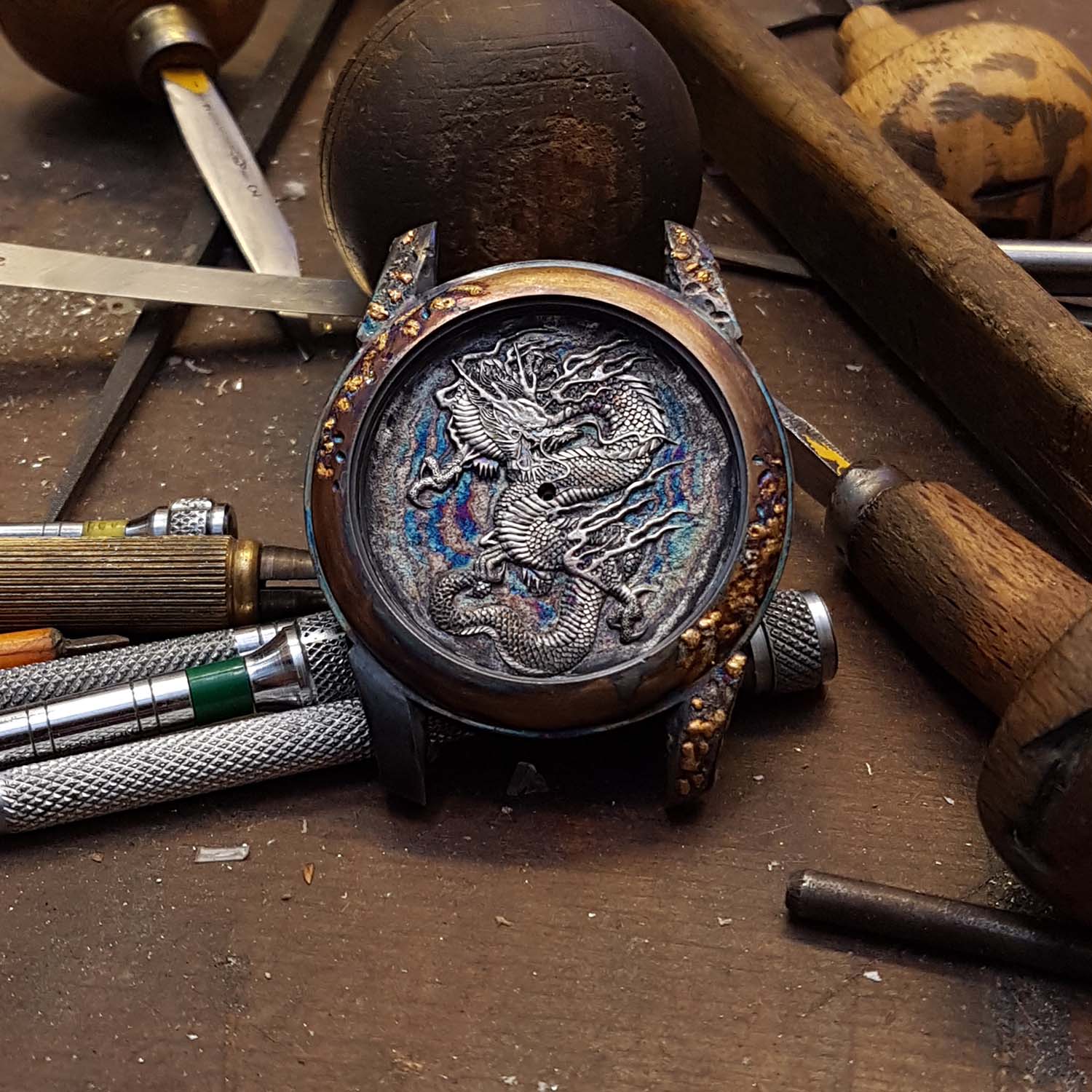
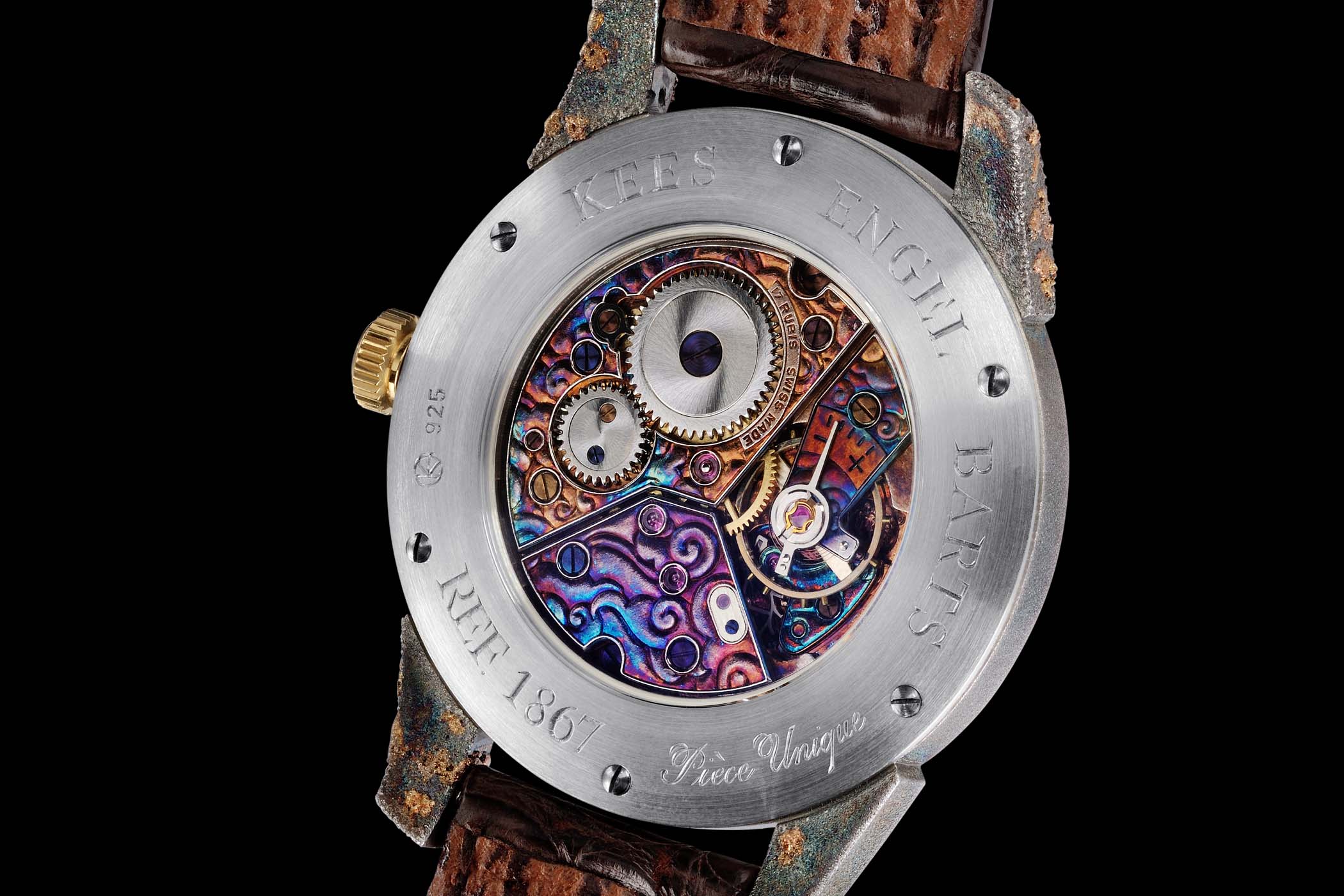
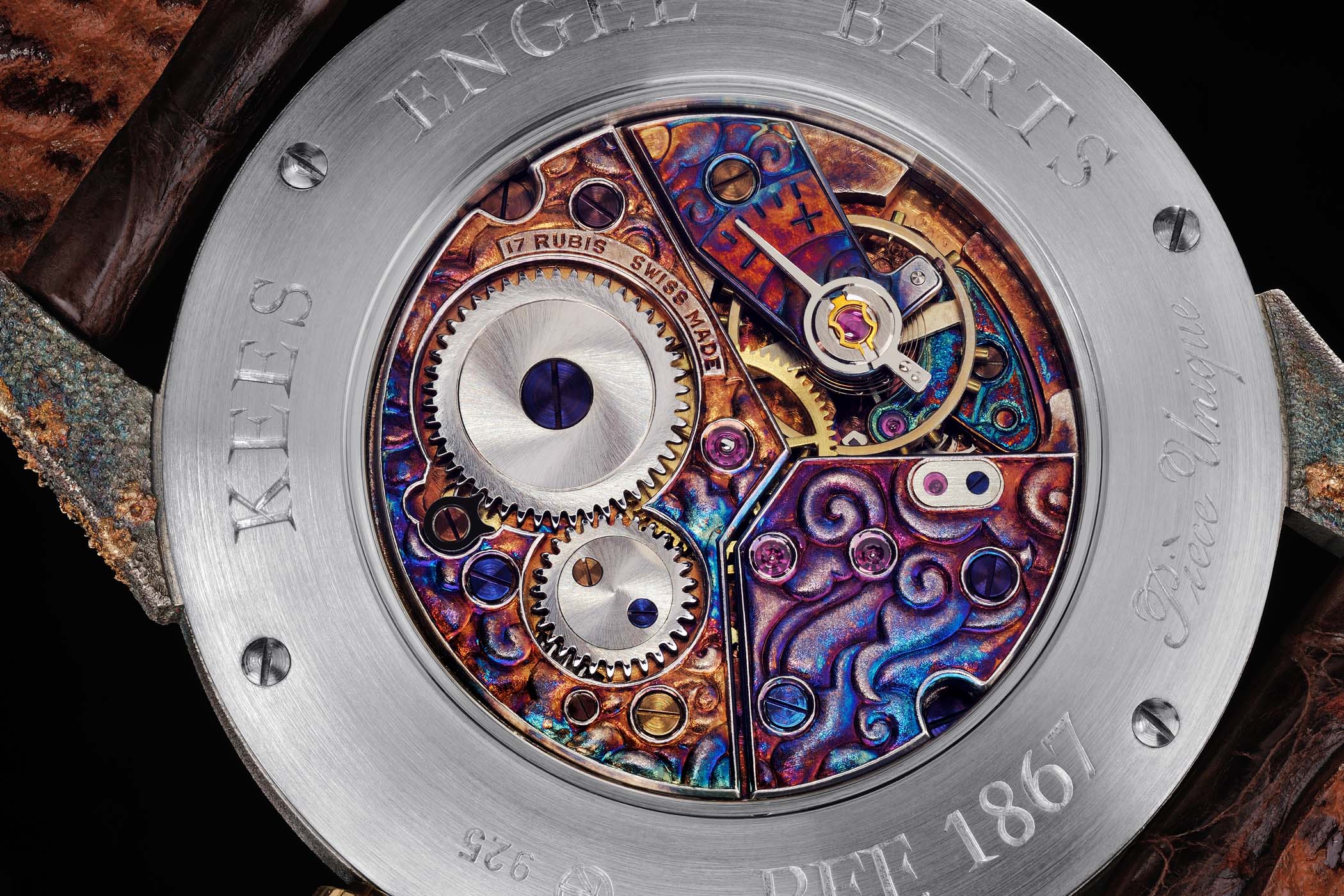
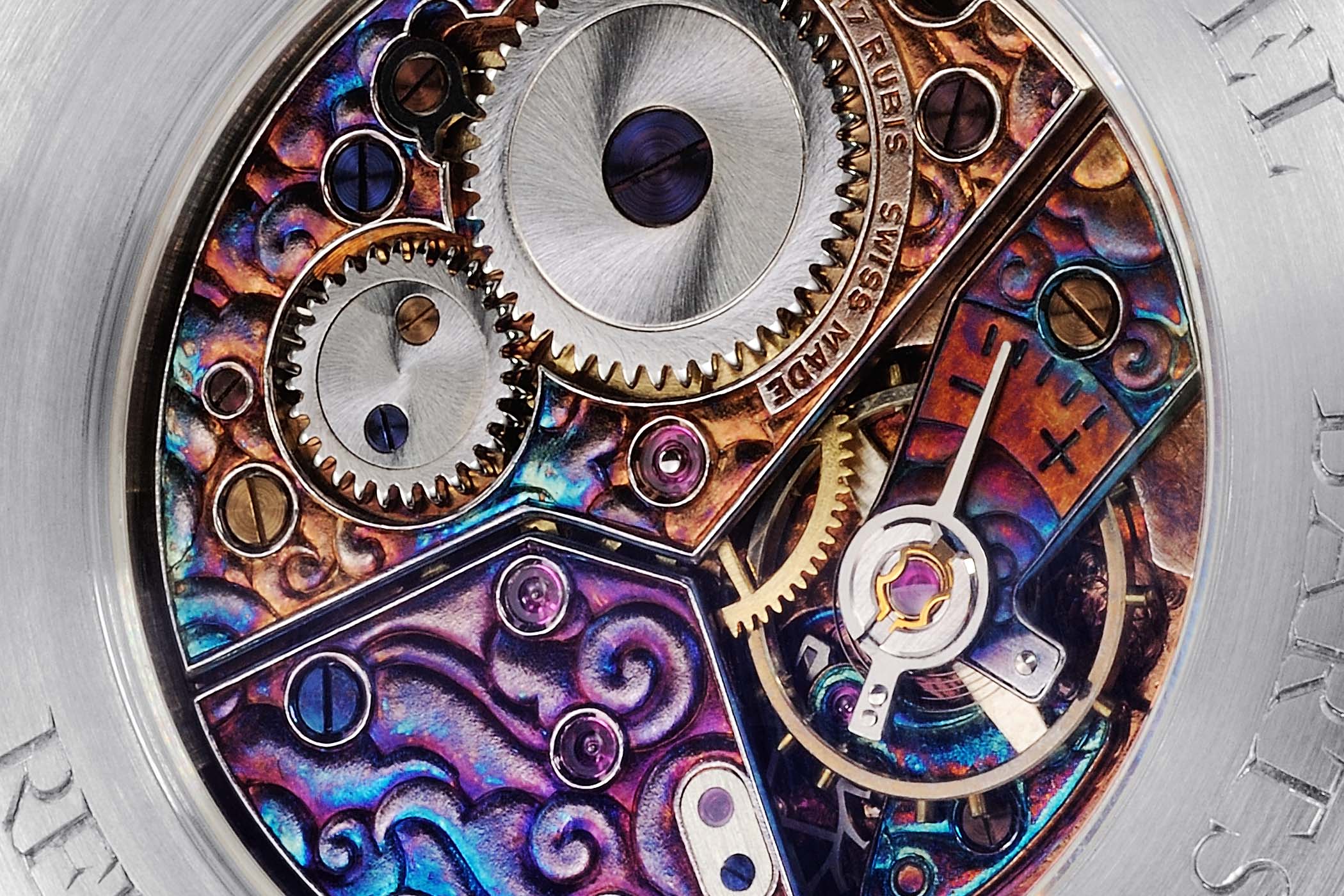
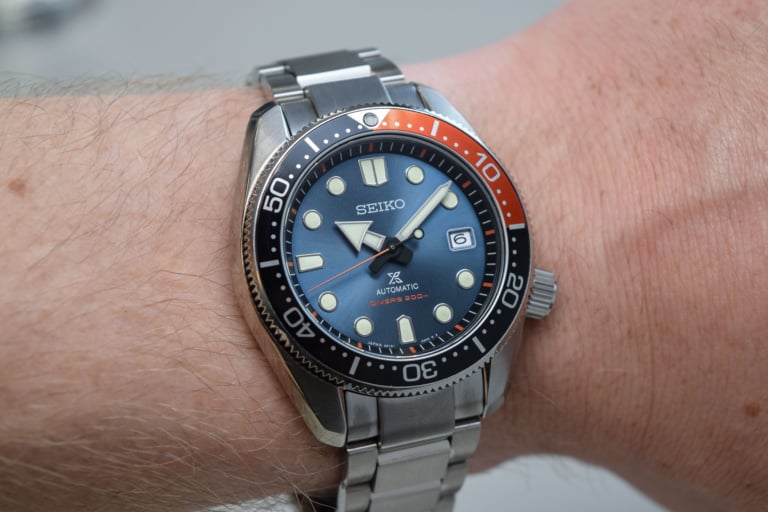
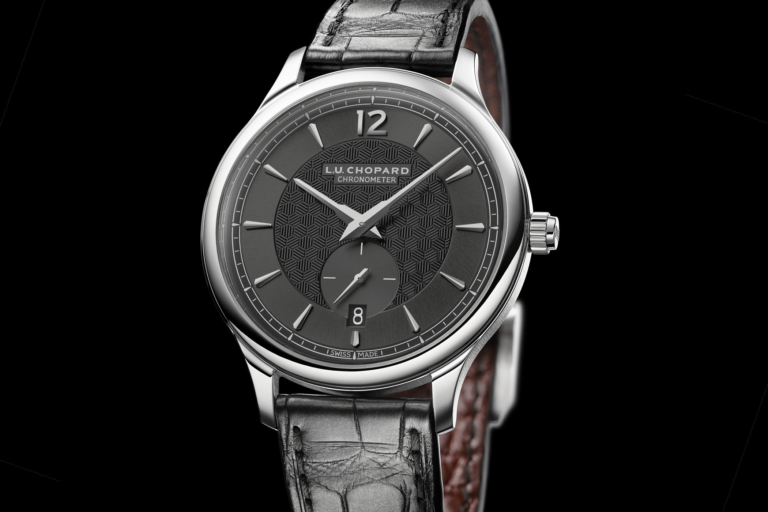
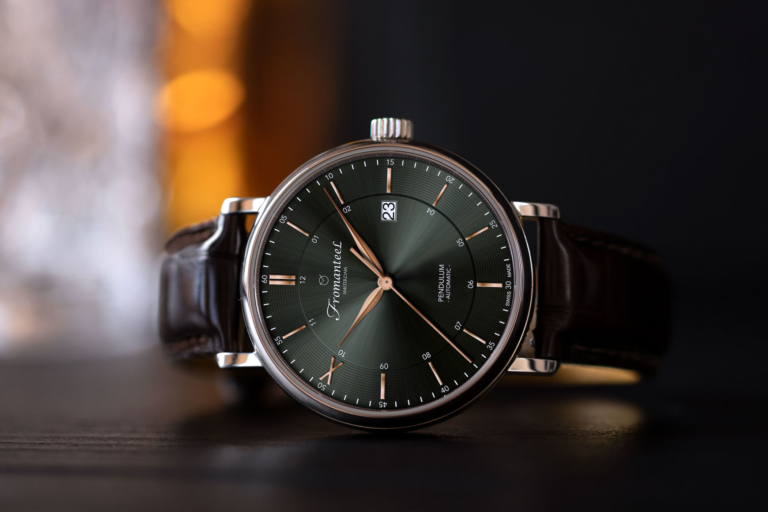
4 responses
The horror ????????????????????
These watches are beyond gross !!!
Obviously great skill has gone into the construction of these watches. It is a pity the result is so ugly.
These make a Disney “Elsa” watch look tasteful and restrained. Artists are supposed to have an aesthetic sense. This guy does not. Is he a tattooed, bi-polar death-metal fan who did too much LSD after a bad breakup?
(note to self. “If you see anyone wearing one of these….abominations, run!”